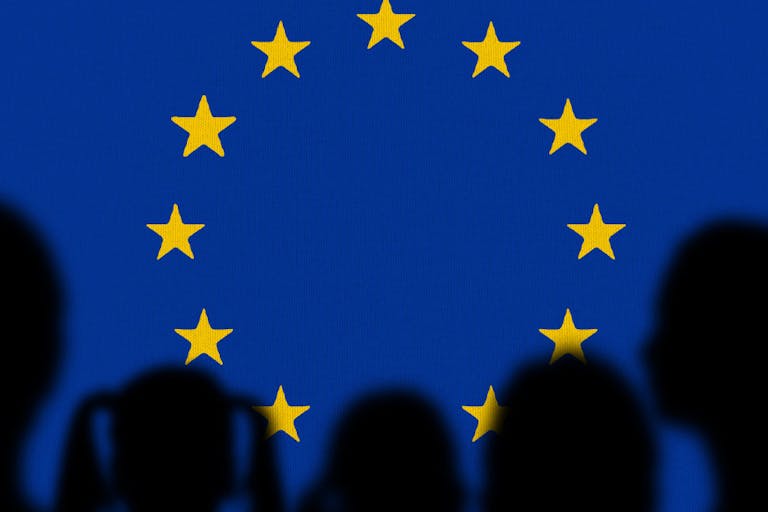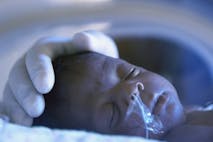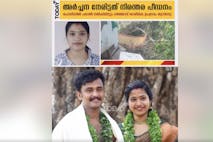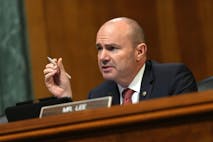
Texas library can keep sexually explicit material from minors... for now
Sheena Rodriguez
·
International·By Bridget Sielicki
EU nations say international sperm donor limits are necessary
As stories about the risks of sperm donation become more prevalent, some EU nations are taking steps to limit the number of children that can come from a single sperm donor.
Many EU nations are calling for international limits on sperm donation.
The nations want to control many of the abuses that occur with unregulated sperm donation.
Even with regulations, sperm donation is wrong because it commodifies the child.
According to CNE, Nordic Ethics Councils in Sweden, Finland, Norway, and Denmark issued a recommendation at the Council of the European Union on June 18 to put international limits upon the number of children allowed to be conceived by a single sperm donor.
Health ministers from Belgium, Finland, France, Hungary, Netherlands, Romania, Spain, and Sweden have also joined the call for more regulations.
“The increasing cross-border use of gametes in assisted reproduction in Europe raises several ethical and regulatory concerns, including issues such as the commodification of procreation, the status and rights of donors and donor-conceived individuals and fertility tourism,” the recommendation states.
The ethics councils continue:
While many European countries have national regulations limiting the number of offspring per donor, no international regulations currently exist to regulate the number of children a donor can be the progenitor of across borders.
Some commercial cryobanks have self-imposed voluntary limits, such as a maximum of 75 families per donor, while others have no limits. As a result, donor-conceived individuals may end up with more than 100 genetic half-siblings across the world.
The councils suggested using a regulatory agency such as the European Society of Human Reproduction and Embryology to ensure that international standards are met regarding sperm and egg donation.
Article continues below
Dear Reader,
Have you ever wanted to share the miracle of human development with little ones? Live Action is proud to present the "Baby Olivia" board book, which presents the content of Live Action's "Baby Olivia" fetal development video in a fun, new format. It's perfect for helping little minds understand the complex and beautiful process of human development in the womb.
Receive our brand new Baby Olivia board book when you give a one-time gift of $30 or more (or begin a new monthly gift of $15 or more).
MEP Elena Nevado del Campo, vice-chair of the public health committee, echoed the call for more oversight.
“I believe it is more than necessary to create a European registry,” she told Euronews. “Many national laws already provide for the creation of such registries, but in reality, many have not been implemented, and more needs to be done for ethical reasons. International registries should be established, since these donations also cross borders beyond the European Union itself.”
As the use of assisted reproductive technology (ART) methods like sperm and egg donation continue to rise, so do the risks involved. Live Action News has covered numerous stories that show what can happen when this industry is completely unregulated, including…
men on a quest to father as many children as possible (with some having hundreds of children).
adults who discover they have dozens of half-siblings they didn’t know about (with some even dating each other unknowingly).
the wrong sperm being used to father children.
illnesses being transmitted unknowingly.
While more regulations may help mitigate some of these problems, they don’t get to the heart of the issue: the commodification of the child who is created.
Donor-conceived individuals have spoken of feeling that they have been “mass produced,” and many are betrayed once they learn the truth about their biological parentage.
A Harvard Medical School study revealed that nearly half of children conceived as a result of egg or sperm donation sought out psychological or psychiatric care after learning how they were conceived.
Follow Live Action News on Facebook and Instagram for more pro-life news.
Live Action News is pro-life news and commentary from a pro-life perspective.
Contact editor@liveaction.org for questions, corrections, or if you are seeking permission to reprint any Live Action News content.
Guest Articles: To submit a guest article to Live Action News, email editor@liveaction.org with an attached Word document of 800-1000 words. Please also attach any photos relevant to your submission if applicable. If your submission is accepted for publication, you will be notified within three weeks. Guest articles are not compensated (see our Open License Agreement). Thank you for your interest in Live Action News!

Sheena Rodriguez
·
International
Angeline Tan
·
International
Cassy Cooke
·
International
Cassy Cooke
·
International
Bridget Sielicki
·
International
Angeline Tan
·
Abortion Pill
Bridget Sielicki
·
Issues
Bridget Sielicki
·
International
Bridget Sielicki
·
Issues
Bridget Sielicki
·
Politics
Bridget Sielicki
·